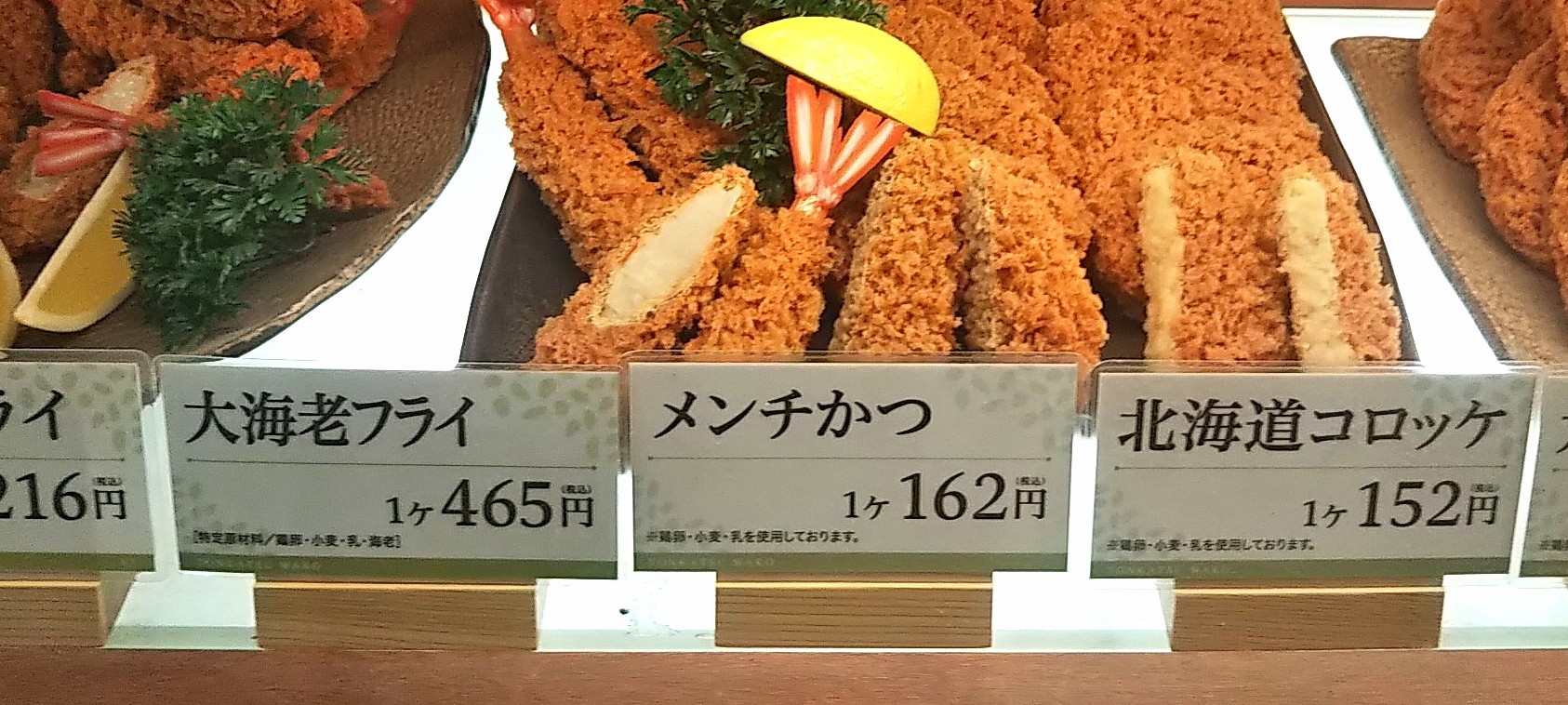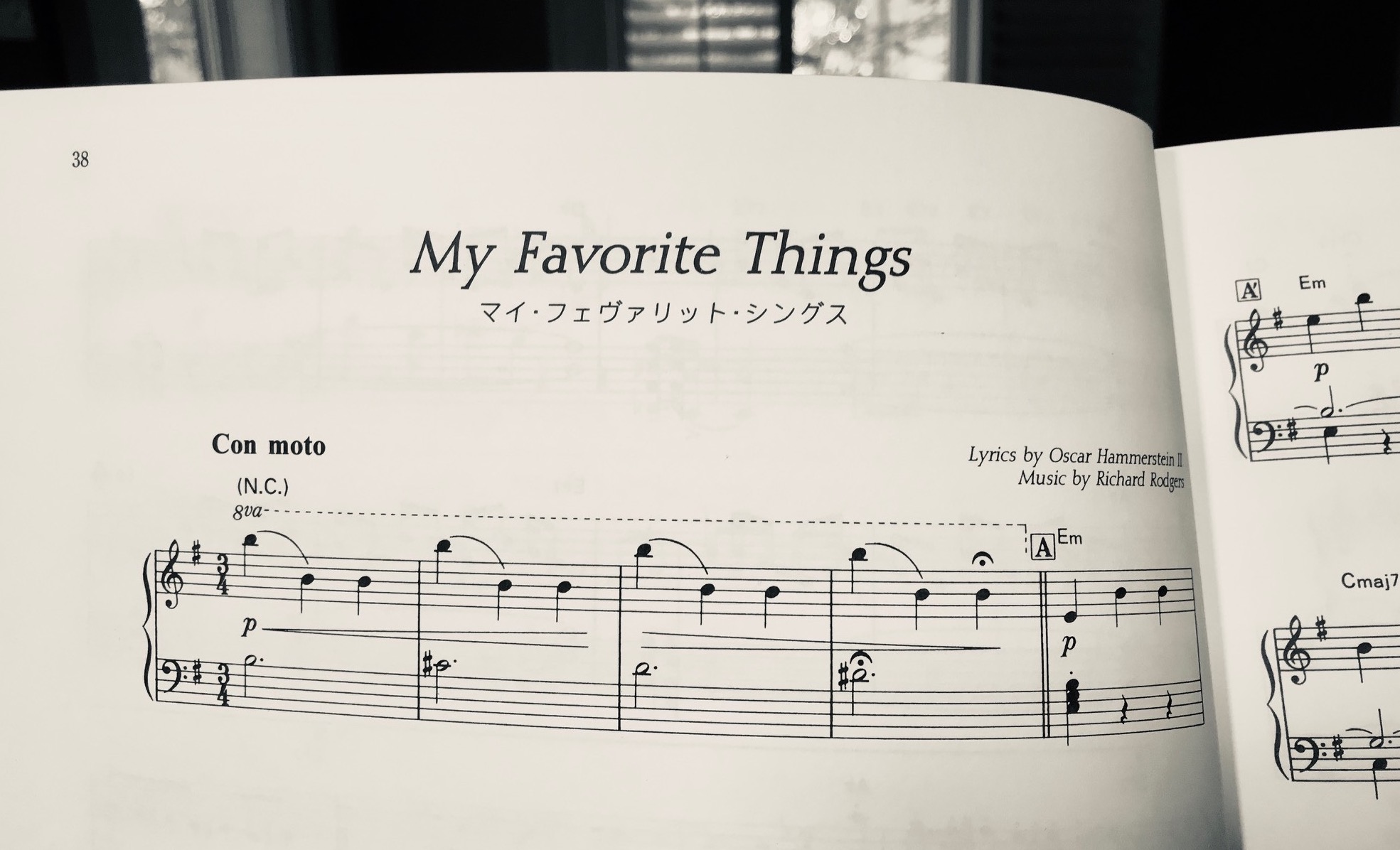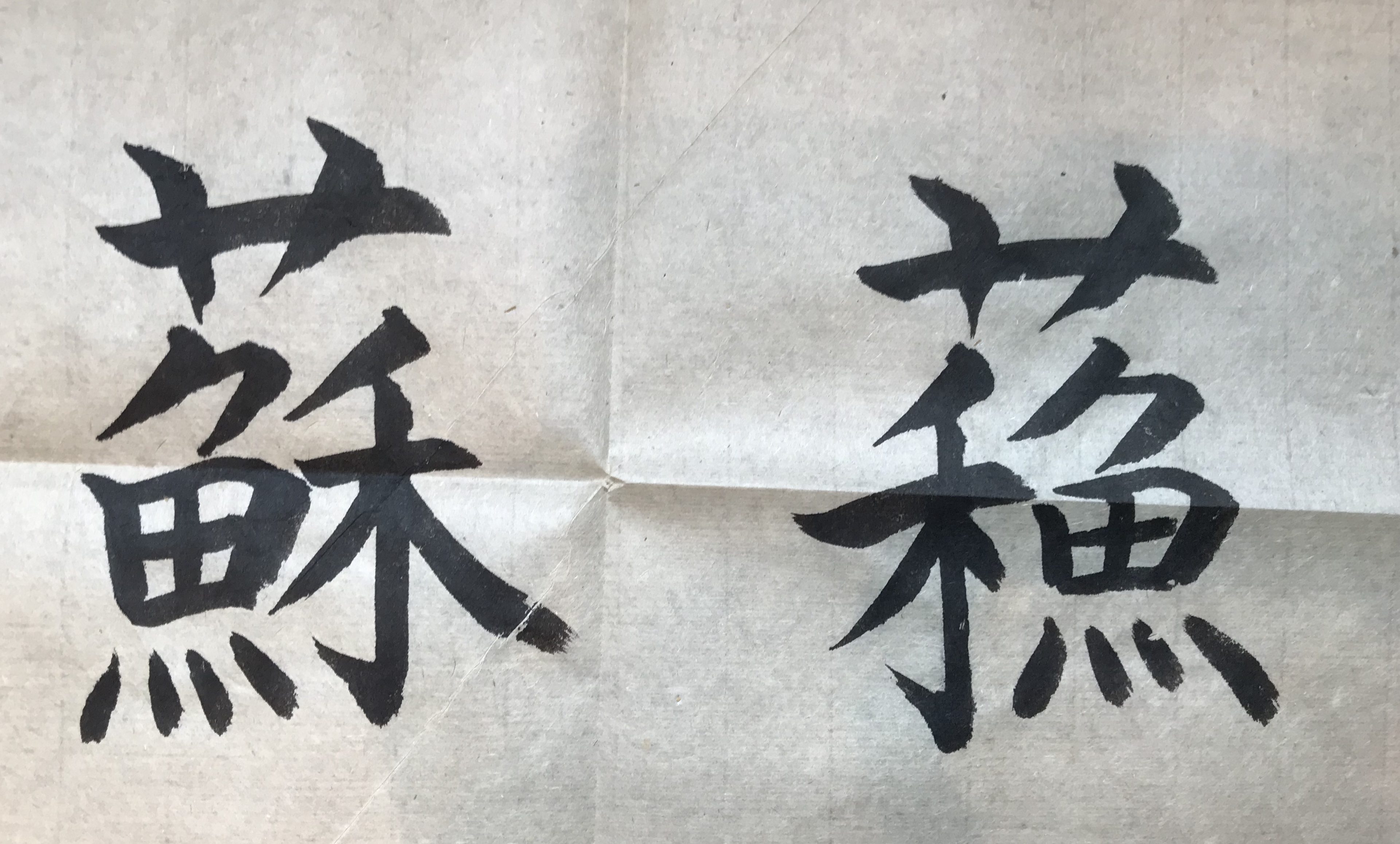日本語の要約が、英語の下にございます。/ A summary in Japanese is below the English text.
Hiragana Chart
Contents 1. Hiragana Chart 2. The benefits of knowing Hiragana Chart 3. The "Column" 4. The "Row"
1. Hiragana Chart
The Hiragana Chart is the most popular tool to learn hiragana, the basic phonetic characters used in today’s Japanese.
Traditionally, it’s laid out like this:
Hiragana Chart (Gojuu-on zu, in traditional order)
| わ (wa) | ら (ra) | や (ya) | ま (ma) | は (ha) | な (na) | た (ta) | さ (sa) | か (ka) | あ (a) |
| (い) (i) | り (ri) | (い) (i) | み (mi) | ひ (hi) | に (ni) | ち (chi) | し (shi) | き (ki) | い (i) |
| (う) (u) | る (ru) | ゆ (yu) | む (mu) | ふ (hu) | ぬ (nu) | つ (tsu) | す (su) | く (ku) | う (u) |
| (え) (e) | れ (re) | (え) (e) | め (me) | へ (he) | ね (ne) | て (te) | せ (se) | け (ke) | え (e) |
| を (wo) | ろ (ro) | よ (yo) | も (mo) | ほ (ho) | の (no) | と (to) | そ (so) | こ (ko) | お (o) |
We call this chart “ごじゅうおんず (go-juu-on zu 五十音図)” in Japanese, the chart of fifty sounds.
In reality, however, some characters (the ones in the parentheses in the chart) are redundant and the total number of hiragana is actually 46 including the “ん (n)” which is not traditionally included in this chart.
In reading aloud, pick the characters from top to bottom, and from the right column to the left like this:
あ (a), い (i), う (u), え (e), お (o),
か (ka), き (ki), く (ku), け (ke), こ (ko),
さ (sa), し (shi), す (su), せ (se), そ (so),
た (ta), ち (chi), つ (tsu), て (te), と (to),
な (na), に (ni), ぬ (nu), ね (ne), の (no),
は (ha), ひ (hi), ふ (hu), へ (he), ほ (ho),
ま (ma), み (mi), む (mu), め (me), も (mo),
や (ya), い (i), ゆ (yu), え (e), よ (yo),
ら (ra), り (ri), る (ru), れ (re), ろ (ro),
わ (wa), い (i), う (u), え (e), を (wo).
2. The benefits of knowing Hiragana Chart
There are some distinctive benefits of knowing the Hiragana Chart with its rows and columns, such as the following:
(1) If you know only the first column (i.e., the “あ (a)”-column hiragana or あ (a), い (i), う (u), え (e), お (o)), and the top row (i.e., “あ (a)”-row hiragana or あ (a), “か (ka), さ (sa), た (ta), な (na), は (ha), ま (ma), や (ya), ら (ra), and わ (wa)), those can be the key to remember all the entire 46 hiragana in the right order in your mind. You will also be able to write all your hiragana in this order on a piece of paper.
(2) As a result, you can find a word in any list written in Japanese. The order of characters in Hiragana Chart, starting with “あ (a)”-column and ending with “を (wo)” in the “わ (wa)” column, is the Japanese “alphabetical order”. We arrange words in this order whether it is in a dictionary, index at the end of a book, a list of names.
(3) The knowledge on the columns will simplify your learning Group I verb conjugation.
(4) The knowledge on the rows lets you recognize most Group I and Group II verbs very quickly. (=>How to Classify Verbs, which is coming soon)
3. The “Column”
In Hiragana Chart, read again aloud the characters in the right-most column from top to bottom; あ (a), い (i), う (u), え (e), お (o).
These five characters and the sounds constitute a group of hiragana called “the hiragana (or the sounds) belonging to the column of “あ (a)”, the “あ (a)”-column or the “あ (a)”-gyoo, named after the top character of the column. “Gyoo (行)” means a line in a text.
Likewise, the characters or sounds in the second column from right, か (ka), き (ki), く (ku), け (ke), こ (ko) are “the hiragana or sounds belonging to the “か (ka)”-column or the “か (ka)”-gyoo.
We will continue with the other columns:
さ (sa), し (shi), す (su), せ (se) and そ (so) are what constitutes the “さ (sa)”-column, or the “さ (sa)”-gyoo;
た (ta), ち (chi), つ (tsu), て (te) and と (to) are what constitutes the “た (ta)”-column, or the “た (ta)”-gyoo;
な (na), に (ni), ぬ (nu), ね (ne) and の (no) are what constitutes the “な (na)”-column, or the “な (na)”-gyoo;
は (ha), ひ (hi), ふ (hu), へ (he) and ほ (ho) are what constitutes the “は (ha)” column, or the “は (ha)”-gyoo;
ま (ma), み (mi), む (mu), め (me) and も (mo) are what constitutes the “ま (ma)”-column, or the “ま (ma)”-gyoo;
や (ya), い (i), ゆ (yu), え (e) and よ (yo) are what constitutes the “や (ya)”-column, or the “や (ya)”-gyoo;
ら (ra), り (ri), る (ru), れ (re) and ろ (ro) are what constitutes the “ら (ra)”-column, or the “ら (ra)-gyo; and
わ (wa) and を (wo) are what constitutes the “わ (wa)”-column, or the “わ (wa)”-gyo.
Please practice saying them aloud until you remember the order of the vowels by heart.
4. The “Row”
The chart below has the same content as the one in Section 1. We just lay it out in a reverse order of the columns for your convenience since we will ask you to read characters horizontally.
The hiragana arranged horizontally here is called the “row” in Hiragana Chart.
Hiragana Chart (The columns are in the reverse order from the traditional chart)
| あ (a) | か (ka) | さ (sa) | た (ta) | な (na) | は (ha) | ま (ma) | や (ya) | ら (ra) | わ (wa) |
| い (i) | き (ki) | し (shi) | ち (chi) | に (ni) | ひ (hi) | み (mi) | (い) (i) | り (ri) | (い) (i) |
| う (u) | く (ku) | す (su) | つ (tsu) | ぬ (nu) | ふ (hu) | む (mu) | ゆ (yu) | る (ru) | (う) (u) |
| え (e) | け (ke) | せ (se) | て (te) | ね (ne) | へ (he) | め (me) | (え) (e) | れ (re) | (え) (e) |
| お (o) | こ (ko) | そ (so) | と (to) | の (no) | ほ (ho) | も (mo) | よ (yo) | ろ (ro) | を (wo) |
First, please read the characters on the top row from left to right: あ (a), “か (ka), さ (sa), た (ta), な (na), は (ha), ま (ma), や (ya), ら (ra), and わ (wa).
These are “the hiragana belonging to the row of “あ (a)”, the “あ (a)”-row or the “あ (a)”-dan. “Dan (段)” means row, named after the first character of the row.
There are four more rows in the chart, and it goes by the same token:
い (i), き (ki), し (shi), ち (chi), に (ni), ひ (hi), み (mi) and り (ri) constitute the row of い (i) or the い (i)-dan;
う (u), く (ku), す (su), つ (tsu), ぬ (nu), ふ (hu), む (mu), ゆ (yu) and る (ru) constitute the row of う (u) or the う (u)-dan;
え (e), け (ke), せ (se), て (te), ね (ne), へ (he), め (me) and れ (re) are constitute the row of え (e) or the え (e)-dan; and
お (o), こ (ko), そ (so), と (to), の (no), ほ (ho), も (mo), よ (yo), ろ (ro), を (wo) constitute the row of お (o) or the お (o)-dan.
Practice reading them aloud until you remember the order of the consonant.
In saying this, say the first five sounds, take a break, and then second, like “a, ka, sa, ta, na, …(pause)…ha, ma, ya, ra, wa”.
Note: To keep the rhythm, we usually pronounce all the redundant い (i), う (u), え (e) in や (ya)-column and わ (wa)-column. I put my recording under the last Hiragana chart for your reference.
After reading this, please read => “Verb conjugation” (It is coming soon!)
[The End of the English post]
ひらがな一覧表
この記事では、五十音表を覚えてひらがなを学ぶと、お得なことが四つあるというお話をします。
(1)五十音表の覚え方
五十音表を覚えるには、まず縦列の1行目「あ、い、う、え、お」の母音の順番を覚えます。
それから、横列の一列目の「あ、か、さ、た、な、は、ま、や、ら、わ」のあ段の音の順番を順番を覚えます。
すると、五十のひらがなをア行の「あ」から始まってワ行の「を」まで、自分で書き出すことができます。もちろん覚えることも。
(2)五十音表を知っていることの利点
まず、ひらがなを自分で全部練習できます。
次に、辞書で言葉を探したり、本の巻末の索引で言葉を探したり、リストから人の名前を選んだりするのが早くなります。日本語では言葉はみなこの表に沿って言葉を並べますから。
さらに、「ア行」など、「行」を知っていると、五段活用の動詞の活用が簡単にわかります。
最後に、「イ段」など「段」について知っていると、第一グループと第二グループの動詞のほとんどがすぐに見分けられます。
以上です!




